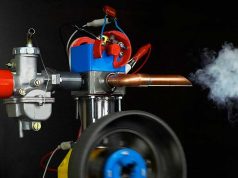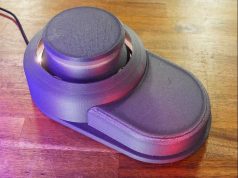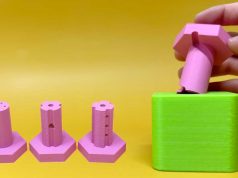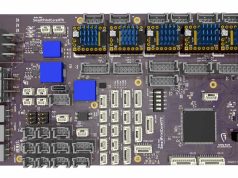Precise temperature control is crucial for 3D printing. This is where the so-called PID parameters (Proportional-Integral-Differential) play a key role. Although common firmwares such as Marlin or Klipper have integrated autotune functions to determine optimal values, it may be worthwhile to fine-tune them even further, explains Michael from the YouTube channel Teaching Tech.
PID control regulates the heating output so that the desired target temperature is reached as precisely as possible and without overshooting. It takes into account factors such as heat loss and system inertia. Incorrectly set PID parameters can lead to large temperature fluctuations.
“Although common slicers automatically preset default values, these are not always perfect for the individual conditions of the printing environment,” says Michael. Depending on the nozzle geometry, material throughput or operation of the cooling fans, the optimum PID values can certainly fluctuate.
To compensate for this, the expert suggests creating separate PID parameter sets for different printing scenarios and using them according to the situation. For example, a different set would be loaded for the first heat-sensitive layer without cooling than for the main material part with cooling air supply. Corresponding GCODE commands, which vary depending on the firmware, allow the values to be switched at runtime.
While Marlin provides the simple M301 command, Klipper still requires scripts or slicer start codes. In addition, some slicers such as Cura currently do not allow simple integration of such dynamic PID changes. He shows details of the settings in his video.
Subscribe to our Newsletter
3DPresso is a weekly newsletter that links to the most exciting global stories from the 3D printing and additive manufacturing industry.






















